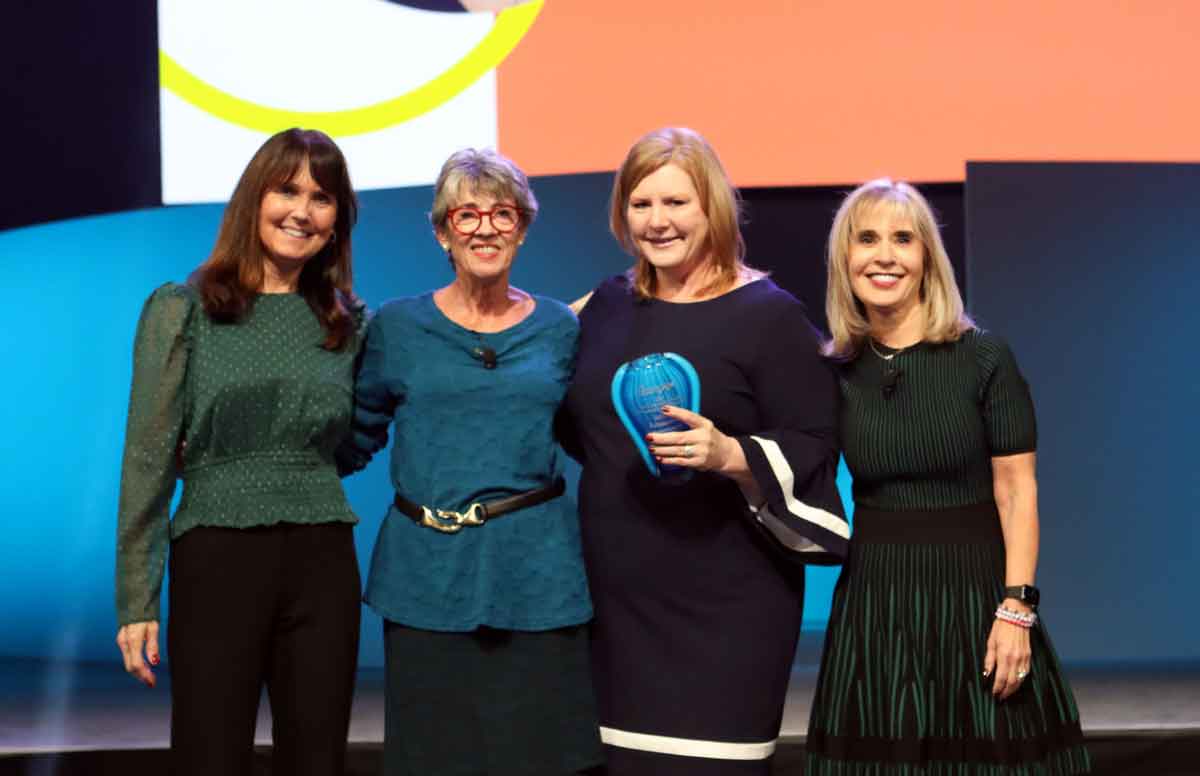Dr. Kathleen Weissberg, professor at Gannon University in Erie, PA, spoke to LeadingAge members recently about her research on the impact of staff recognition and appreciation—an area of significant interest for members, who continue to navigate unrelenting workforce challenges. In addition to her university position, Dr. Weissberg serves as National Director of Education for Select Rehabilitation and brings 30 years’ experience in rehabilitation and long-term care as an executive, researcher, and educator.
Noting the high cost and other challenges associated with turnover, Weissberg shared the results of her research into what motivates employees to stay in their jobs and steps employers can take to improve retention. One of the core principles is that staff who have a sense of belonging and esteem will feel more self-fulfilled and motivated, and that recognition and appreciation by employers is instrumental. Here are a few of Weissberg’s observations and recommendations:
- One size does not fit all. Employers should develop a customizable and inclusive recognition program, and the place to start is to ask employees what they value most. We may think we know what employees want—what their pain points are—but it’s important to solicit feedback.
- Research shows that a very high percentage of employees, when asked why they left a job, indicate they would have stayed if their employer had invested in their growth and development.
- People of different ages and generations have different preferences relating to recognition and reward in the workplace. Baby Boomers, for example, may be satisfied with occasional recognition, while Gen Z workers may wish for recognition multiple times per week, specifically from their direct supervisor.
- There are also generational differences when it comes to the types of rewards employers may offer. Traditional rewards, such as bonuses, may not be valued as much as other things by some workers. Gen X tends to place a high value on work-life balance, for example. Gen Z may be most motivated by experiential rewards, such as concert tickets or opportunities to feel connected to a greater cause like time off for volunteerism.
Weissberg concluded by encouraging employers to think broadly and creatively about staff recognition and appreciation. While some ideas may be costly to implement, there are also low-cost options, such as flexible scheduling.
The LeadingAge Workforce Solutions team has developed a great collection of information and resources on the theme of “Creating a Culture of Belonging.” Read more about how to instill belonging and the tools that are available to take action today.

 Shutdown Week Three: Impact of Ongoing Closure on Affordable Housing
Shutdown Week Three: Impact of Ongoing Closure on Affordable Housing RHT Program Awards: All 50 States To Receive Funds, Says CMS
RHT Program Awards: All 50 States To Receive Funds, Says CMS CMS Publishes Draft OASIS-E2 Guidance Manual
CMS Publishes Draft OASIS-E2 Guidance Manual CMS Debuts Models: ACCESS, ELEVATE and LEAD
CMS Debuts Models: ACCESS, ELEVATE and LEAD







